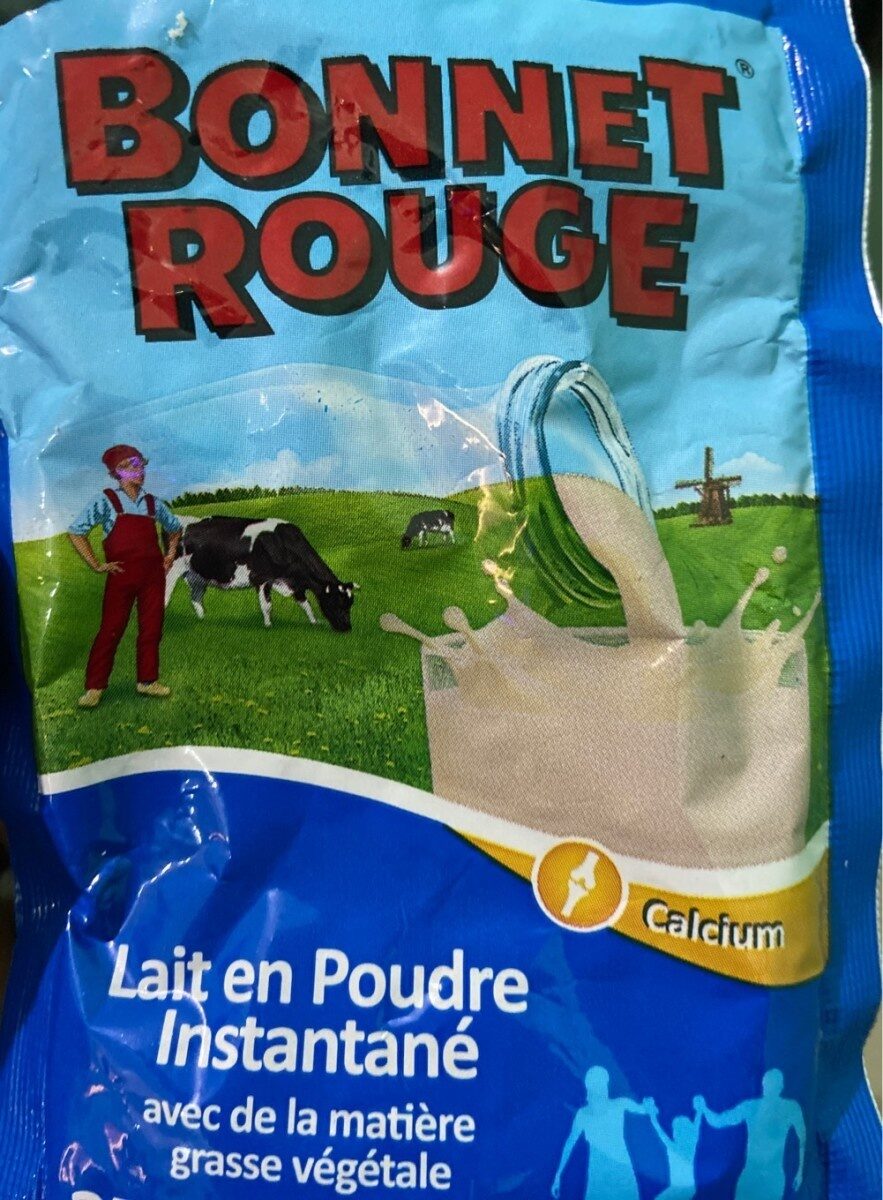Lait en poudre instantané - FneslandCampina - 25 g
This product page is not complete. You can help to complete it by editing it and adding more data from the photos we have, or by taking more photos using the app for Android or iPhone/iPad. Thank you!
×
Barcode: 6186000208241 (EAN / EAN-13)
Quantity: 25 g
Brands: FneslandCampina
Categories: Beverages, Dairies, Dried products, Milks, Dried products to be rehydrated, Instant beverages, Dehydrated beverages, fr:Lait en poudre instantané sucré
Countries where sold: Côte d'Ivoire
Matching with your preferences
Environment
Carbon footprint
Packaging
Transportation
Threatened species
Report a problem
Data sources
Product added on by ababa11
Last edit of product page on by sebleouf.
Product page also edited by chevalstar, kiliweb, openfoodfacts-contributors, roboto-app, yuka.JKlHGIOIDdcDB_DT1Jgw0T2SCMTYG-VXOG4iog.
If the data is incomplete or incorrect, you can complete or correct it by editing this page.








